Fishing on Kootenay Lake — 'business is not good'
Despite efforts from the The Ministry of Forests, Lands and Natural Resource Operations (FLNRO), the situation regarding low numbers of Kokanee Salmon in Kootenay Lake has some local business owners worried for the future.
Kerry Reed operates Reel Adventures Fishing Tours, and you can hear the dismay in his voice when he discusses the situation in Kootenay Lake.
“The damage is done, the word is out; so business is not good,” Reed said in an interview with The Nelson Daily.
Kokanee are landlocked sockeye salmon and are second only to rainbow trout as the most popular game fish in B.C.
Reed spoke about the Kokanee Opening, which happened recently, and described the situation as dire. He said that while there were some people who did “all right”, for the most part there was little to no success.
“This year there was talks of not even opening it because our Kokanee numbers are so low, but I guess they decided to appease the public and opened it for the week.” Reed said.
“It was kind of a bust; there were some guys that did all right but the majority of guys weren’t doing well at all.”
Normally the event repeats during the first week of May, June and July, but Reed said that after April’s less than stellar numbers, he doubts the summer events will go forward at all.
“I have a feeling they’re not going to re-open it again this year,” he said.
Reed, being the avid fisherman that he is, normally finds himself out on the lake for at least five days a week, minimum.
This year, however, has found him going five weeks without getting on his boat — a shocking amount of time for someone whose livelihood and passion involves being on the lake, rod in hand.
“I think I went five weeks without going out on the boat when I don’t usually go three days,” he said.
Reed said that he thinks a crashing Alberta oil economy is working in combination with the low numbers of Kokanee to slow business, and that the reputation of Kootenay Lake is in a bad spot that might take a while to recover.
“Between Alberta hurting and the reputation of Kootenay Lake going downhill is just killing business down here,” he said.
What’s the plan?
Last year, the Province put together a team of experts to fast track the creation of a five-year action plan to guide the recovery of Kootenay Lake kokanee stocks.
British Columbia’s government worked with First Nations, the Freshwater Fisheries Society of BC and the BC Wildlife Federation to put together the advisory team.
In a media statement, the government said plan was posted for public review and implemented before the summer.
“It will also focus on maintaining Gerrard and bull trout stocks,” the media release said.
“Kokanee are the main food source for both these fish. Right now, the lake has an unusually high number of Gerrard trout, which is contributing to the steep decline in kokanee stocks.
The government said in the fall of 2015 provincial biologists counted 18,000 spawning kokanee in the main body of Kootenay Lake and its tributaries, the lowest number since the annual count started in 1979.
Scientists estimate that the fish laid 4.26 million eggs, down from a high of 265 million eggs in 1981.
The Province has already taken a number of steps to address the kokanee decline, including:
- Changing fishing regulations to decrease kokanee harvest and increase Gerrard trout harvest.
- Initiating an aggressive kokanee re-building program. Last year, biologists planted 500,000 eggs in Kootenay Lake spawning channels and released an additional 95,000 fry in 2015. Biologists will release another 500,000 fry into the lake this spring.
- Initiating a study of kokanee across the Province to identify stocks genetically suitable for future recovery efforts.
- Continuing spawning channel operations, nutrient restoration and fish health testing.
More fishing?
Reed said other than merely “waiting and seeing” if the Kokanee numbers will return, it seems that the solution to the problem is simple: more fishing.
A major problem with attempting to increase the numbers of Kokanee Salmon is the prevalence of predators like the Gerard Rainbow.
The Rainbow feed on the Kokanee when they’re small, and in better times this tit-for-tat ecosystem helped keep numbers in check—when there were lots of Kokanee to eat.
“All we’ve been doing is waiting for the last 3-4 years to see what was going to happen,” Reed said.
“But now, according to fisheries, there are still lots of small fish in the lake, not Kokanee but rainbows that eat Kokanee.”
Reed suggests that the best way to help these fish get back to their former numbers is to catch the predators.
“Really the only way we can help right now is by actually fishing and keeping a bunch of these smaller fish so they can’t grow big enough to eat the Kokanee which will give them a chance to rebound.”
In light of these circumstances, the FLNRO plans to carry on with their fertilization plans according to a Ministry representative.
“The Kootenay Lake Nutrient Restoration Program will be operating again this year; the North Arm program began in 1992 and the South Arm program began in 2004,” said the Ministry representative.
“The nutrient loading to the lake will be very similar to previous years: the North Arm additions was scheduled to begin in March, and the South Arm additions are scheduled to begin in May. Nutrient additions will occur weekly and are scheduled to be completed by early to mid-September (similar to last year).
The Ministry said monitoring program is also similar to previous years: monthly sampling in April and May; twice per month in June, July and August; and monthly during September, October and November (for temperature, water clarity/chemistry, algae, zooplankton and mysid shrimp).
“In-lake kokanee surveys are scheduled for July and September, and kokanee spawner surveys are scheduled for September and October.”
Reed said that these efforts by the Ministry are a mixed bag. While Kootenay Lake could certainly benefit from the added nutrients, with no fish to eat the plankton, there isn’t really a point.
“I think we can’t do without it, (the lake) needs the nutrients for sure. But we’re at the point right now where, because there’s no Kokanee out there to eat the plankton, you really don’t need to be dumping extra dollars into throwing the fertilizer in the lake.”


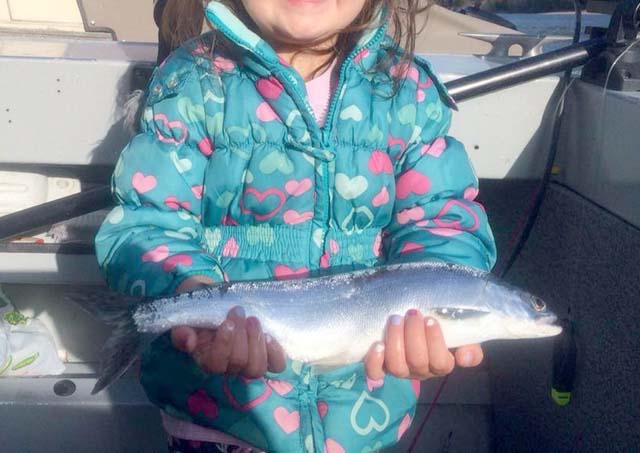
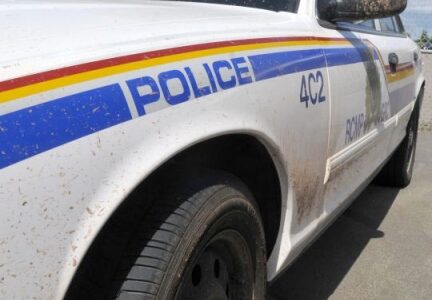

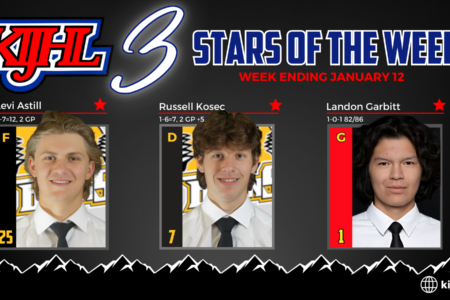
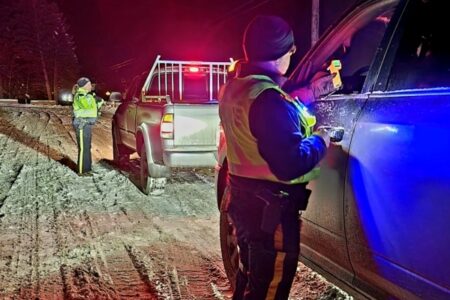

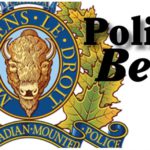

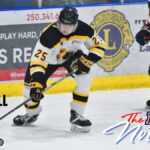
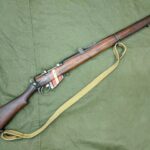




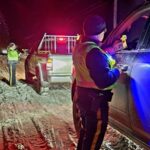





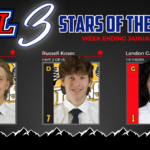

Comments